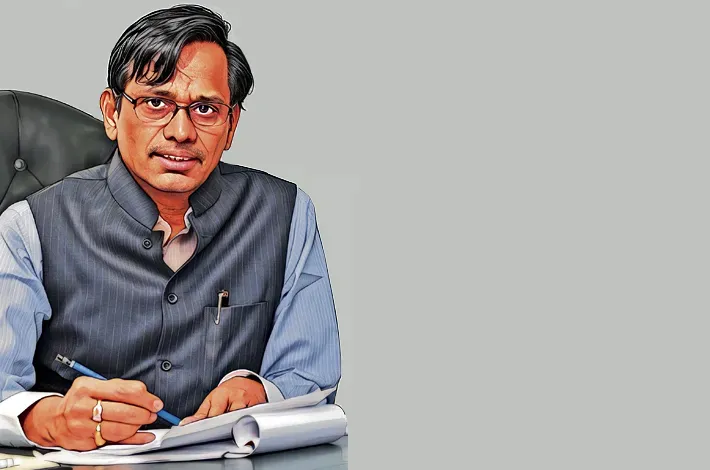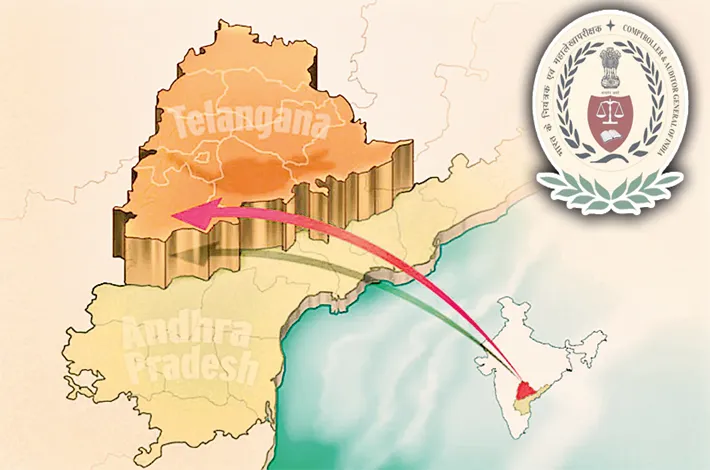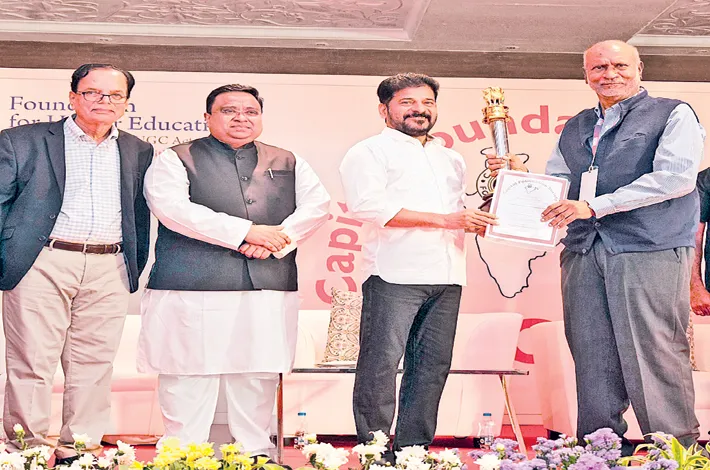Feminism in India: what all has remained unchanged?
08-03-2025 12:00:00 AM

21st-century feminism is using social media to propel the movement, but the core issues of equality, sexism, and inclusivity remain the same
The world is experiencing the fourth wave of feminism. Once thought to be a dirty word, feminism has brought a significant change in societies across the world. There has been a monumental change in the way the battle for equality is being fought in this digital age. Instead of mobilising people through door-to-door campaigns with the help of existing social networks and memberships of organisations, political parties or educational institutes, the 21st-century feminism is using social media to propel the movement and reach a wider audience worldwide. However, the core issues of equality, sexism, and inclusivity remain the same.
In India, the fourth wave of feminism is still in its nascent stage. Nevertheless, much like the West, here, too, women have progressed significantly, especially in the urban areas, breaking many a glass ceiling along the way, right from businesses to defence to sports. There are comparatively more women entrepreneurs today than the previous century. The literacy rate has increased in the past two decades, and women are entering fields long considered to be male domains.
Clearly, this means that the feminist movement has largely been successful. Or has it? The question is not just difficult but tricky as well, because it deals with several connected issues. India has great social divides, probably the greatest in the world, in terms of caste, class, gender, religion, and region. This compromises any social movement that seeks equality or inclusivity, for that matter.
Women’s empowerment is directly related to the class and caste they come from. A woman from a marginalised community still has to fight social stigmas and has limited-to-no access to education. Child marriages, dowry, honour killing and gender discrimination are still a big part of Indian society, despite the number of schemes and awareness drives carried out by the government and women’s groups.
The latest data provided by the National Crime Records Bureau (NCRB), conducted by the Ministry of Statistics and Programme Implementation (MoSPI), indicates that the number of reported crimes against women increased from 3.37 lakh in 2014 to 4.45 lakh in 2022, marking an increase of over 30%; and the crime rate increased from 56.3 in 2014 to 66.4 by 2022. The report states: In the six-year span from 2016 to 2021, nearly 22.8 lakh crimes against women were recorded in India. Of these, about 7 lakh, or 30 per cent, were reported under Section 498A of the Indian Penal Code (IPC). Section 498A pertains to cruelty by a husband or his relatives against a woman.
Another set of data talks about issues that are either hushed up or brushed under the carpet. These are female infanticide and foeticide. According to the 2020 United Nations Population Fund (UNFPA) report, almost 4.6 crore females were ‘missing’ in Indian demography in the same year, mainly due to pre- and post-birth sex selection practices stemming from gender inequality. The report goes on to state that India accounts for almost one-third (32.1%) of the total 142.6 million missing females in the world.
Feminism in India has largely been a response to historical and cultural realities and has changed according to the level of consciousness, perception and action of individual women and women as a group over a period of time. It has brought a change in the status of women in society, no doubt. The biggest example being women’s suffrage, which was granted by the Madras Presidency for the first time in 1921. Although limited in scope, it was a crucial step towards the political empowerment of women. This was the biggest achievement of the first wave of feminism that washed over India at a time when the freedom movement was in full sway.
The second and third waves of feminism focused on civil rights, gender equality and economic independence of women. According to the latest World Bank data, the female literacy rate in India was around 69.1% in 2022, and, as per the Sixth Economic Census, around 13.76% of businesses in the country are headed by women. True, there has been some progress. However, when compared to China, the numbers seem dismal. According to the most recent Mastercard Index of Women Entrepreneurs, women own 30.9% of all businesses in China. As for the literacy rate, 99.85% of Chinese women are literate.
Perhaps the only area where India beats China is women’s representation in leadership roles. For the first time in 25 years, there was not a single woman in the Politburo post the 20th party congress in 2022. In comparison, the Indian government passed the Women’s Reservation Bill seeking allocation of 33% reservation to women in the Lok Sabha and state assemblies in September 2023 with an almost full majority by both the Lok Sabha and the Rajya Sabha.
The current wave of feminism in India focuses on the inequality and gender discrimination women face in workplaces. Though companies are trying to increase gender diversity numbers, pay parity remains a contentious issue. Another major breakthrough of 21st-century feminism has been the #metoo movement. It was perhaps the first-ever movement brought on by social media that encouraged women to speak out against sexual abuse at workplaces. However, the impact was not as desired. The reasons are aplenty, including its limited reach, social stigma and the lack of legal follow-up.
To a large extent, feminism has been able to spread awareness about women’s rights and bring issues of sexual abuse, crime against women, and social, political and educational empowerment of women to the fore. Yet, a lot is left to be desired, maybe because of the heterogeneity of the feminist movement in India or maybe because women themselves are not ready for the change yet.








